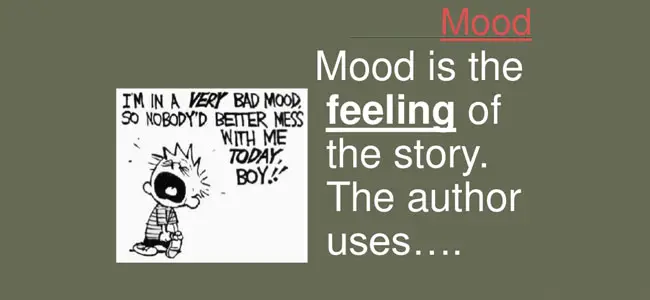In literature, mood refers to the climate that created with the aim of evoking a particular feeling or emotion in the individual who reads the literature. The writer often utilizes a considerable amount of genuine strategies while keeping in mind the desired mood. When the mood meets the writer’s expectations in an effective way, it adds quality and incredible insight to the script. Mood in literature can be reflected through distinctive approaches including the tone used, articulation of issues and the thematic concerns put forward. In writing, mood is a scholarly component that inspires particular sentiments or vibes in readers through words and portrayals. For the most part, mood is alluded to as the climate of a scholarly piece, as it makes creates a passionate scene that encompasses the readers. For an author to construct a particular mood, he or she has to repeatedly regulate narration in order to cater for a particular emotion.
Integrating Mood in Writing
When writing, the method used to engage different characters is typically what entails the expansive share strategy. These activities likewise significantly inform the general mood. A case in point is where the hero’s principle diversion is helps the less fortunate. Such activities help in structuring the general feeling and emotions of benevolence and warmth. Activities can also be used to create a dull mood in the story. For instance, if an important character in a story harms someone else, it affects the mood in a bad way. The mood of a story can be describes as amusing, annoying, anxious, pathetic, blissful, confused, calm and much more. Generally, a story’s physical setting lays the foundation in which a story’s activities happen. A specific setting gives backing to the substance of the story and consequently sets the mood of the readers.










